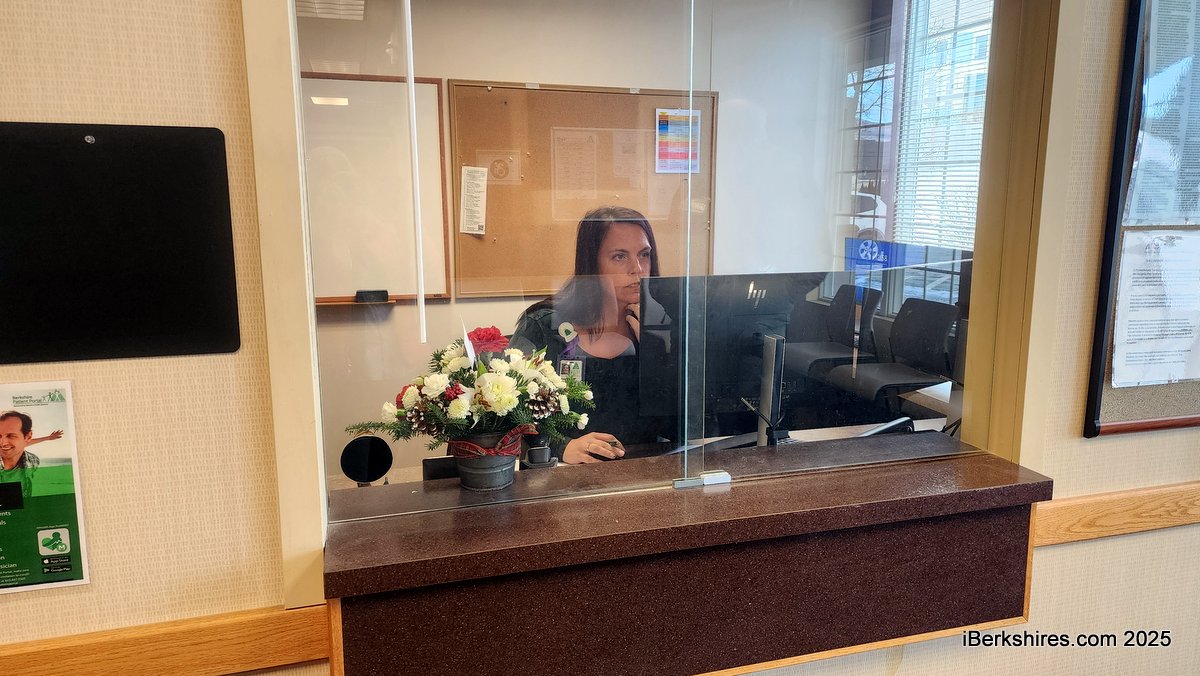Letter: Cannabis Cultivation in Williamstown
 |
To the Editor:
Williamstown voters will soon be making decisions about cannabis cultivation. After a year of consultation, public forum, debate, site visits and research the Planning Board is proposing changes to the current bylaws that would restrict where and how cannabis can be grown.
The proposed bylaw:
- increases the setback from property lines to 150 ft; today it is 25 ft.
- stipulates a minimum setback from a neighboring residence of 500 ft; today there is none.
- requires fencing to be screened with vegetation or hidden behind topography; today no screening is required.
- requires that all activity (such as tool sheds and storage barns) associated with growing cannabis be inside the fence, and the fence be at least 150 ft from the property line; today no requirement exists.
- disallows large indoor warehouse facilities to be constructed in rural Williamstown; today they could be built.
- requires 25 percent on-site renewable energy and a waste management plan for resource intensive indoor facilities; today no such requirements exist.
- stipulates that the best available technology be used to limit odor and gives the ZBA the ability to hire a consultant for assistance in reviewing permits at the applicant’s expense.
The proposal does not change the size of the allowable canopy for a licensee (2.3 acres), but it does add a restriction that a landowner can’t exceed that maximum by leasing to multiple licensees on a single property.
In short, the proposed bylaw doesn’t lessen current restrictions. It increases protections to residences yet provides sufficient economic opportunity for farmers. It's a balanced approach.
If you would like to support farmers and protect farmland, but you want to minimize the potential impacts of cannabis cultivation, vote yes.
For more information, visit the Town of Williamstown website or contact the Planning Board at planningboard@williamstownma.gov.
Stephanie Boyd
Boyd is chair of the Williamstown Planning Board.
Tags: marijuana, Planning Board,
















